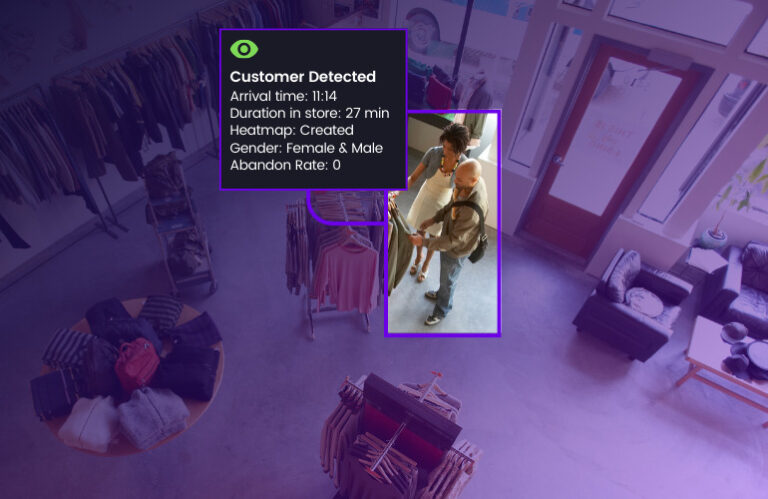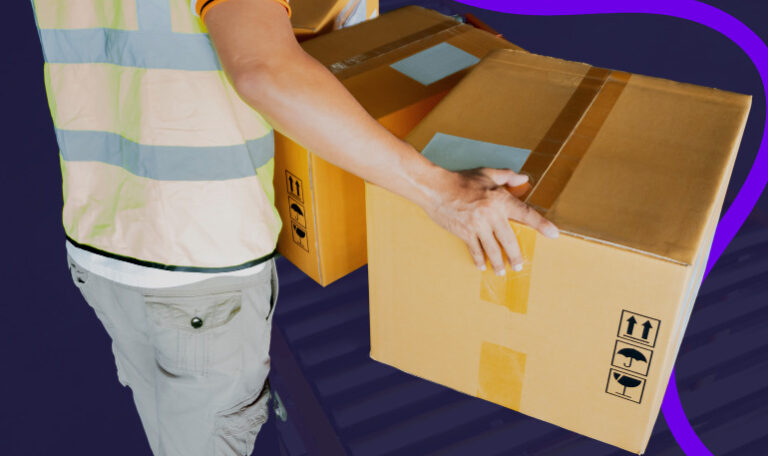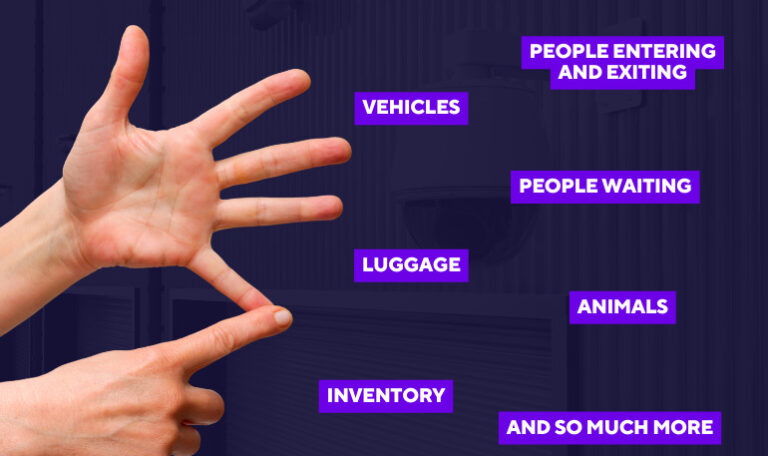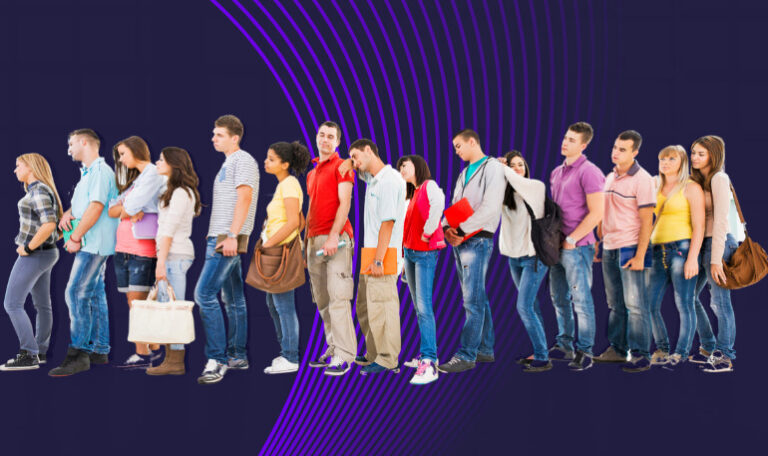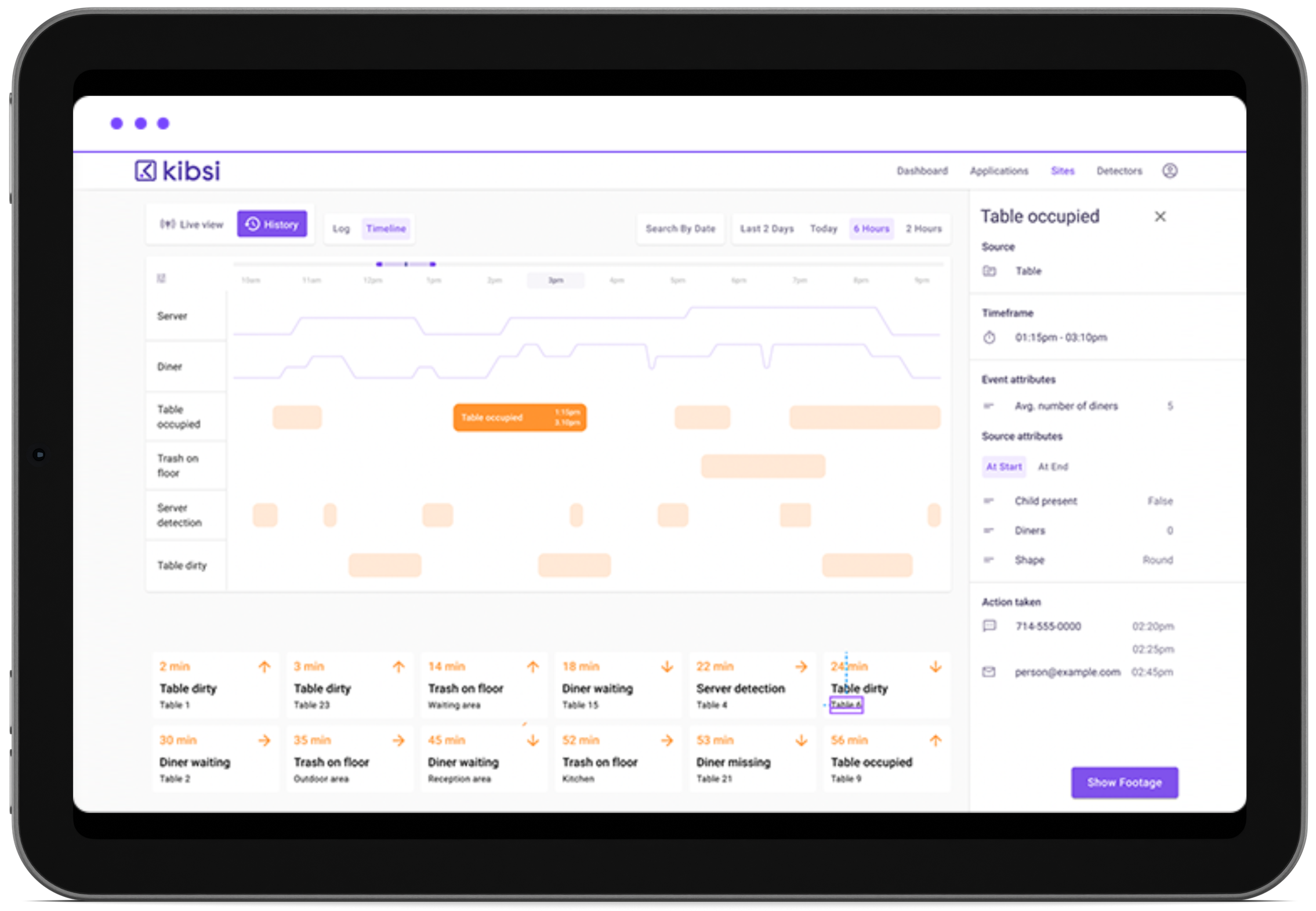Introduction
The retail industry has consistently led the charge in digitalization, a trend accelerated by the global pandemic. As a result, numerous malls and stores now grapple with retaining the allure needed to attract customers to physical locations.
Computer Vision is ushering in a new era for retail. Stores worldwide are harnessing its capabilities, not only to enhance the shopping experience by better understanding customer preferences but also to bolster employee satisfaction. In this article, we will explore 12 transformative ways Computer Vision is redefining brick-and-mortar stores.
1. Enhancing Customer Service
Computer Vision can, in a privacy conscious way, track customer movements and behaviors within a store. This not only provides retailers with insights into what might be the most popular products but can also inform inventory decisions and store layout adjustments.
By strategically placing products and ensuring readily available favorites, retailers can offer customers a curated and more enjoyable shopping experience. In essence, Kibsi hits that sweet spot between your goals with customer expectations, creating a mutually beneficial shopping environment.
2. Enabling Loss Prevention
Utilizing your store’s existing security cameras, or by integrating additional ones, Kibsi’s AI can delve deeper than traditional surveillance.
Beyond mere monitoring, it can discern patterns and subtle behaviors, identifying not only potential shoplifting but also pinpointing instances of potential employee misconduct. This oversight ensures that both inventory and profitability are protected whilst creating a safer retail environment.
3. Analyzing Interaction Time
From the moment customers step into one of your stores, to the assistance they receive while shopping, to the checkout process – each interaction is crucial to ensuring that customer returns to shop with your brand again. By analyzing these interactions retailers can uncover invaluable insights.
Understanding whether customers tend to prefer a brief welcome greeting or a detailed product walkthrough can significantly boost sales. More importantly, by fine-tuning these touchpoints based on customer preferences, retailers can enhance the overall shopping experience, leading to higher levels of satisfaction and loyalty.
4. Footfall Analysis
Grasping customer footfall is crucial to your store dynamics, from product placement to how wide aisles should be. With the use of Computer Vision, stores can observe footfall more easily.
This technology doesn’t just count visitors; it sheds a light on peak shopping hours, highlights frequently visited aisles, and even reveals areas that may be overlooked. By harnessing this data, management can optimize staff allocation during peak periods, ensuring optimal customer service. Furthermore, these insights can pave the way for crafting targeted marketing campaigns and promotional strategies, refining the shopping experience and driving increased sales.
5. Gauging Employee Performance
Computer Vision has ushered in a new way of gauging employee performance, by this we don’t mean spying on your staff, but instead you can now see the bigger picture outside of sales numbers.
You can factor in staff movements and engagements, gauging the efficiency of task execution and the quality of customer interactions. These detailed observations reveal areas where an employee excels and where there might be room for improvement.
As a result, Computer Vision becomes an unbiased asset for performance evaluations, and where an employee has been providing customers with awesome customer service, this can now be recognised more effectively. It can also inform tailored training programs, ensuring staff are equipped with the skills and knowledge to enhance the customer experience and drive store performance.
6. Streamlining and Managing Processes
In the bustling, fast-paced environment of retail, Computer Vision is your secret weapon to operational excellence. Armed with Vision AI and its keen observational capabilities, it can play a pivotal role in various in-store activities.
Whether it’s identifying when shelves are nearing empty and need restocking, or gauging the effectiveness and audience engagement of aisle endcaps, Computer Vision ensures these tasks are executed with precision. By providing real-time feedback and analytics, it aids retailers in fine-tuning their processes, guaranteeing not just operational efficiency, but also an elevated shopping experience for customers.
7. Understanding Trends and Popularity
Computer Vision, with its analytical prowess, can keenly observe and interpret customer nuances. By identifying products that are often handled but seldom purchased, or pinpointing aisles that consistently attract more foot traffic, retailers gain a deeper understanding of customer preferences and potential hesitations.
Such data isn’t merely observational—it provides a predictive lens into emerging market trends. Armed with this knowledge, retailers can make informed decisions, from adjusting their inventory mix to reshaping store layouts, ensuring they remain in step with customer desires and market shifts.
8. Bolstering Employee Safety
In the intricate ecosystem of warehouses and back-end operations, safety is paramount, and Computer Vision stands as a sentinel of protection. Beyond standard surveillance, this technology possesses the capability to discern potential hazards that might be missed by humans.
Whether it’s pinpointing unnoticed spillages that could lead to slips, or vigilantly monitoring the operations of heavy machinery to prevent malfunctions or mishaps, Computer Vision plays a pivotal role in employee safety. By offering real-time alerts and comprehensive monitoring, it significantly reduces accidents, ensuring that employees operate in an environment that prioritizes their well-being.
9. Queue Analysis
Lengthy checkout lines have long been a sore point for shoppers, often dampening an otherwise pleasant shopping experience. This has been one of the key drivers of online shopping.
Enter Computer Vision, which offers a sophisticated solution to this age-old problem. By continuously analyzing the ebb and flow of queues, this technology can detect when lines are becoming unwieldy and predict bottlenecks before they form.
Its real-time feedback alerts store management promptly, guiding them to open new cash desks or redistribute resources as necessary. This proactive approach not only reduces wait times but also fosters a more seamless and efficient checkout process, ensuring customers leave the store with a positive experience.
10. Identifying Purchase Decisions and Last Minute Changes
Every customer’s journey through a store tells a unique story, one that retailers are eager to understand. Through meticulous observation, often facilitated by advanced technologies, stores can discern the subtle determinants influencing a customer’s decision to either proceed to checkout with a product or abandon it.
Factors could range from product placement, visibility, or even proximity to complementary goods. These granular insights, once decoded, become powerful tools for retailers. They not only provide a roadmap for refining marketing campaigns, making them more targeted and effective, but also offer invaluable input for optimizing store layouts, ensuring that products are strategically positioned to maximize visibility, accessibility, and ultimately, sales.
11. Inventory Management
Being able to have constant tabs on inventory is crucial to keeping shelves stocked and customers happy. By scanning store shelves, Vision AI can pinpoint precisely when an item’s stock levels are dwindling to critical lows or detect empty spaces that need immediate replenishment.
This significantly reduces instances of stock-outs, ensuring customers consistently find what they’re looking for. Conversely, it aids in preventing overstocking, a scenario that can tie up resources and lead to wastage or markdowns. By striking the right balance between supply and demand, Computer Vision fosters operational efficiency and elevates the overall shopping experience for customers.
12. Store Appearance
An attractive store is more than just aesthetics; it’s your brand’s promise to customers. Computer Vision can help with store upkeep by scanning and assessing the store environment, swiftly identifying irregularities.
Whether it’s a spilled beverage that requires immediate cleaning, products that have been inadvertently misplaced by shoppers and need repositioning, or promotional displays that have begun to show signs of wear, Computer Vision will let store management know.
By ensuring that every corner of the store remains in alignment with your brand’s standards, this technology not only preserves the store’s general appeal but also reinforces customer trust and satisfaction.
Conclusion
The retail landscape is set for its next evolution, and an exciting future lies ahead for how brands can communicate with customers in-store – in ways that aren’t possible digitally.
Computer vision is a powerful tool for retailers who can effectively harness the power of real-time, actionable insights. From refining customer service based on behavioral data to proactively addressing safety concerns before they escalate, the applications all lead to an enhanced, more attractive offering to customers visiting one of your stores.
Retailers that embrace and integrate this Vision AI have an opportunity to set themselves apart in a competitive marketplace but also shape a new, visionary path for the industry. A future where data-driven decisions, enhanced safety, and superior customer experiences become the gold standard.
Getting started on this journey isn’t as daunting as it sounds, Kibsi’s no-code, AI platform makes it easy to get started, whether it’s in one store or a thousand. To find out more, speak to one of our experts.


